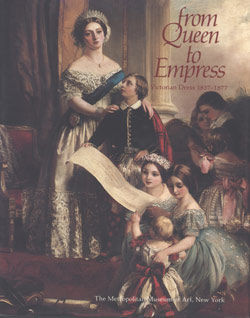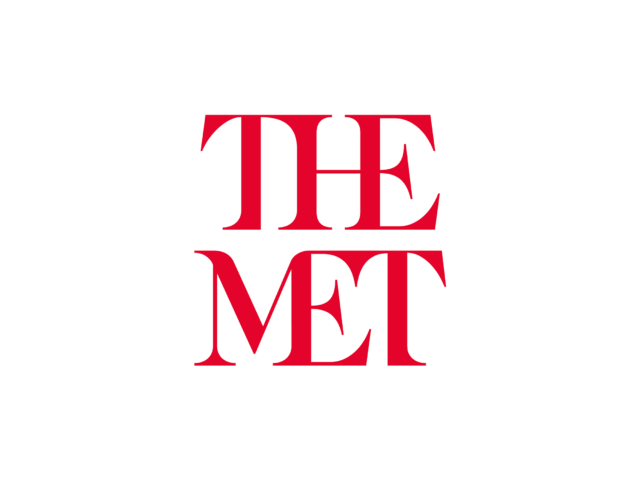Go Beyond the Timeline
TV & FILM
ACADEMY AWARDS
ACADEMY AWARDS
TV & FILM
BEYOND THE TIMELINE
MET GALA
FASHION
BEYOND THE TIMELINE
The Met Gala, also known as the Costume Institute Gala or "Met Ball," is an annual fundraising event that supports the Metropolitan Museum of Art's Costume Institute in New York City. It's a celebration and opening party for the Institute's latest fashion exhibit, attracting celebrities, designers, and influencers from around the world to showcase their creative and extravagant looks.
The history of the Met Gala dates back to the 1920s when stage designer Aline Bernstein and director Irene Lewisohn had the idea to create a collection of costumes for the New York theatre. Over the next decade, they amassed 8,000 costumes and, in 1937, decided to establish the Museum of Costume Art to house them all. In 1946, it merged with The Metropolitan Museum of Art, when it was renamed The Costume Institute. In 1948, fashion publicist Eleanor Lambert planned and hosted the first annual fundraiser. At a $50 price tag, the event consisted of a midnight dinner set at venues like the Waldorf Astoria and Central Park for socialites and the elite.
In 1972, Diana Vreeland, the editor-in-chief of Vogue, became a special consultant to the Costume Institute and took on the role of chairwoman. She transformed the event into a more glamorous experience. Starting in 1973, themes were introduced, beginning with The World of Balenciaga. Vreeland turned the gala into something much more exciting than a typical society dinner by moving it to the museum and having guests enter through the grand Great Hall. After exploring the exhibition and enjoying dinner, attendees would proceed to the Temple of Dendur for dancing. Throughout the event, guests experienced a custom fragrance that Vreeland added to the galleries, which matched that evening’s theme.
By 1995, Vogue's Editor-in-Chief, Anna Wintour, became the co-chair of the fundraiser and made significant changes to the event, including moving it from December to May to coincide with the museum's annual exhibition opening. Wintour hand-picked celebrity co-chairs each year to help promote attendance and attract media attention. Planning the gala typically begins in the early fall. The guest list is carefully curated, and invitations are highly coveted. The event has become so popular that it is often called "the Oscars of the East Coast" and has raised millions for the only self-funded department at the Met.
To help maintain the Institute's exhibitions and acquisitions, guests paid $75,000 in 2024. A table, often purchased by companies, design houses, or brands, started at $350,000. Those who buy a table, however, do not get to choose who sits with them; all seating arrangements must be approved by Wintour, based on who is invited, a criterion also established by her.
The growing popularity of the Met Gala coincided with the rise of social media. As Facebook and Twitter (and later Instagram) took off, so too did red carpet photos from New York City’s biggest event. As it became easier than ever to see what celebrities wore to the Met Gala, it developed a reputation as one of fashion’s most important nights.
The exhibitions themselves also got more elaborate, thanks in large part to curator Andrew Bolton, who took over in 2015. Bolton helmed blockbuster exhibitions, including 2015’s "China: Through the Looking Glass," which became one of the Met’s most popular exhibits ever and was staged in various galleries throughout the museum, rather than just the Costume Institute.
Every guest has a prearranged arrival time, and on the night of the "First Monday in May," they walk the Red Carpet and reveal their unique take on the year's theme. After entering the museum, attendees have a first look at the new exhibition. Escorts guide them, but they're allowed to take their time. They also have access to 'personal rooms,' where they can change out of their elaborate ensembles or 'do fix-ups' in the middle of the event. After touring the exhibit and enjoying cocktails, a formal dinner at Petrie Court, followed by at least one performance, a tradition since 2010, wraps up the evening.
In 2009, models Naomi Campbell and Stephanie Seymour decided not to attend the "Model as a Muse" themed event to support fashion designer Azzedine Alaïa after he discovered that none of his work was included in the Costume Institute exhibit.
The Gala's 2015 theme, originally called "Chinese Whispers: Tales of the East in Art, Film and Fashion," was later changed to "China: Through the Looking Glass." This new theme sparked criticism, with actress Sarah Jessica Parker being particularly scrutinized for wearing a headdress that was believed to align with the "Dragon Lady," a derogatory term that some believe reinforces stereotypes about strong women being cold or calculating.
In October 2017, during an episode of James Corden's "Late Late Show," Anna Wintour revealed that former President Donald J. Trump would no longer be welcome at the Met Gala, becoming the first celebrity to be banned. The Trump family has attended the famous event many times over the decades. The president began attending in the mid-80s, accompanied by his then-wife Ivana Trump. In 1998, he attended with his date Andrea Murray, and then took Melania and Ivanka Trump in 2004
Rihanna dressed in a papal miter in 2018 when the Gala featured a Roman Catholic theme. Despite the Catholic Church loaning over forty papal vestments from the Vatican for the event, some online critics deemed it "blasphemous."
In 2021, Representative Alexandria Ocasio-Cortez attended the gala-themed "In America: A Lexicon of Fashion" sporting a white gown with "Tax the Rich" in bright red lettering on the back. This stirred controversy as some viewed it as hypocritical to speak against wealth inequality while attending an event with a $35,000 entrance fee. Designer Aurora James revealed that the goal was strategically delivering the message to its intended audience.
Kim Kardashian received backlash in 2022 when she reportedly lost 16 pounds in three weeks to wear the iconic gown Marilyn Monroe wore during her "Happy Birthday" performance for President Kennedy in 1962.
In 2023, Karl Lagerfeld was honored despite his controversial stances on social issues, including the #MeToo Movement, immigration, and LGBTQ rights. This decision sparked backlash due to his history of discriminatory remarks.
As of 2024, The Costume Institute’s collection has more than 35,000 costumes and accessories representing five continents and seven centuries of fashionable dress, regional costumes, and accessories for men, women, and children from the 15th century to the present. Due to the sensitive nature of textiles, collections are not on permanent public view. However, two fashion-focused tours are available year-round: "Fashion in Art," a tour led by Costume Institute docents that discusses costume history within the context of the Museum's collections of armor, textiles, paintings, sculpture, and decorative arts, and "Costume: The Art of Dress," a recorded Audio Guide narrated by the actress Sarah Jessica Parker which highlights historical costume throughout the Museum's galleries.
In 2023, the Institure raised almost $22 million, while 2024 brought in $26 million.





































.webp)


















